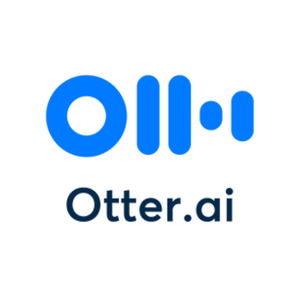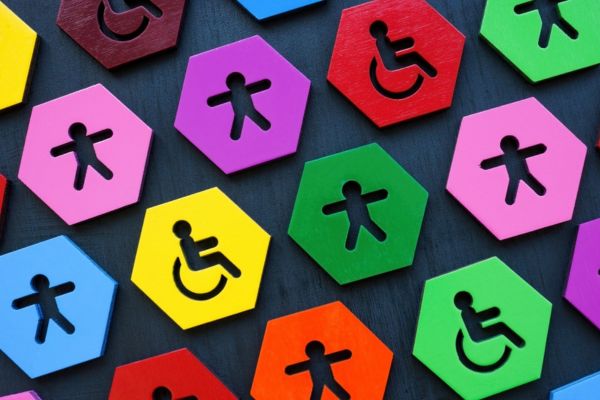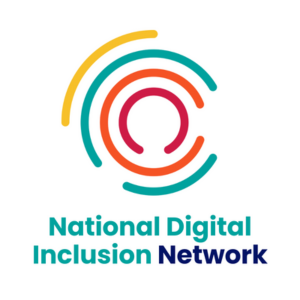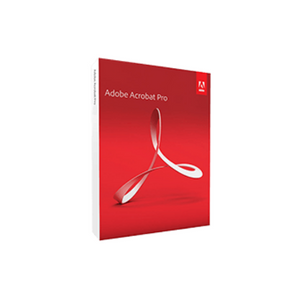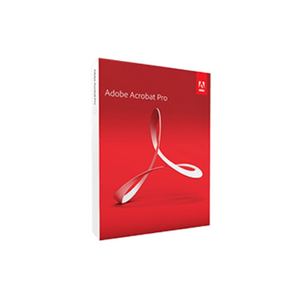Insights
INSIGHTS
All Topics
How transcription boosts accessibility
We explore how transcription services drastically improve accessibility, boost commercial viability, improve reach, and generally secure a better user experience
Click for discounted transcription
Transcription boosts accessibility and ensures your content is available to all. And the process of transcription, once considered cumbersome and expensive, has become increasingly simple, cost-effective, and painless. But plenty of charities still produce all their content without transcription.
In this article, we’ll discuss how transcription works, the differences between human and computer-powered transcription, and the massive benefits that transcripts provide. We’ll also look at a discounted transcription platform that can help you boost accessibility without breaking the bank.
How transcription works
Transcription is converting spoken words into text. That might mean, for example, ensuring written words to appear during a video or a webinar, or perhaps you want to attach a script to a podcast. That might mean recording training sessions, or providing detailed notes of meetings, ensuring everyone has access to the information discussed. Any conversion to the written constitutes transcription.
Transcription typically takes two forms: human transcription and computer-powered transcription. It likely comes as no surprise that human transcription is performed by a human, often one who specialises in a particular area and would be familiar with popular jargon, technical terms, acronyms or abbreviations. Humans provide the most accurate transcriptions, often requiring little to no editing, but they can prove slow, costly, and can raise privacy issues if the material is sensitive. The slow pace also makes human-transcription more difficult in instances that demand pace, such as meetings.
Transcription software, or computer-powered transcription, uses speech recognition techniques often (and increasingly) dependent on artificial intelligence (AI). You feed the platform data (video, webinar, or podcast, for example) and the platform produces a script in a matter of seconds. Accuracy levels depend entirely on the platform, but they tend to be less accurate than humans – though, as with all things generative AI, improvements are arriving quickly, so the accuracy will likely increase over time.
The computer-powered options are typically cheaper, too. Many of the computer-powered options offer other functionalities, such as time-stamping, the ability to identify different speakers at no extra cost, and the easy avoidance of any privacy issues that might accompany human transcription.
The benefits of transcription
The most obvious, and most important, benefit is accessibility. According to the World Health Organisation, 20% of the world population have hearing loss. Transcribing your content makes it accessible to individuals who are deaf or hard of hearing, allowing them to access information from which they may have been excluded. Transcription also helps neurodiverse people, particularly those with Autism or ADHD, as they can often struggle to process information and captions prove useful.
Transcription also boosts comprehension. It helps readers to understand and process complex information. Students regularly claim, for example, that transcribed lectures, interviews, and discussions serve as effective studying aids, allowing them to better retain the information. Certain people, indeed, much prefer learning from text-based information, rather than audio or video content.
Transcription vastly improves comprehension if it’s not the listener’s first language. Transcription can mitigate issues caused by accents, idiom, colloquialisms, slang, and so on. In addition, transcribed text can be translated into multiple languages, expanding the reach of content across to a global audience and facilitating effective cross-cultural communication.
For content teams, transcriptions provides myriad benefits. First, it allows teams to seamlessly repurpose content in various formats, including reports, blogs, newsletters, even social media. That means your podcast can quickly become an article, or at least inform an article, and commentary from an interview can be seamlessly inserted into a report. On top of that, the textual data from transcripts will be indexed on search engines, which means you can boost your search engine optimisation results and increase the visibility of any audio of video content that you publish online.
For all teams, across any business, transcription can help everyone in working life, transcribing meetings, recording training, providing key notes for in-person classes, and so much more. Transcription is essential to creating a accessible workplace, one in which everyone can participate fully and meaningfully. And all that can be achieved with minimal effort and minimum cost.
How Otter.ai can help your organisation
Otter is an automated recording and transcription service, which uses an AI meeting assistant to record audio, write notes, capture action items, and generate summaries. The platform allows users to enhance accessibility by creating transcriptions for the deaf, hard of hearing, individuals with auditory processing disorder, or anyone else who might prefer to read text.
The platform offers various other functionalities. It allows you to highlight snippets of your meeting notes to generate takeaways, key moments from your meeting, then assign action items to teammates directly from Otter. You can use Otter Assistant to automatically join Zoom, Teams, or Google Meet. The platform generates in real time from live audio or previously recorded audio and video. While the transcript is being generated, you can scroll back through the transcript to review.
To check out how Otter can improve your workplace, or help you transcribe any spoken word to text, check out the below and see if you can access the discounted tech on the Charity Digital Exchange.
Find out more
Check out all the Otter functionality above
Ioan Marc Jones
More on this topic
Recommended Products
Featured Products
Related Videos
Our Events
Q&A session: An introduction to Microsoft Copilot
Join us on the 14th of May for our Q&A session. It will provide a whistlestop tour of Microsoft Copilot’s key capabilities, how they can help charities, and answer all your burning questions around Microsoft’s AI service.
We use cookies so we can provide you with the best online experience. By continuing to browse this site you are agreeing to our use of cookies. Click on the banner to find out more.



